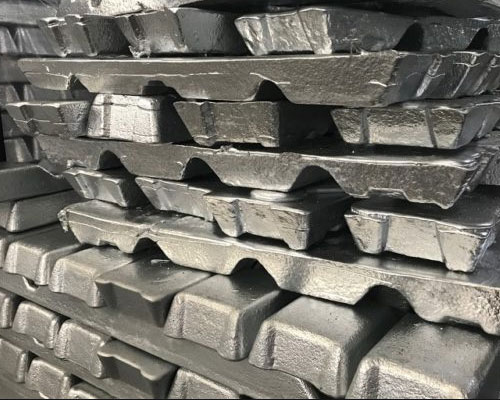The main problem of Sr modification is the increasing tendency of micropore formation in the alloy. The effects of melt filtration and Sr modifier on porosity were studied. The significant effect of melt filtration on porosity reduction of SR modified melt is that the inclusion content of Sr modified melt is higher than that of unmodified melt. In order to understand the types of inclusions in the Sr modified A356 melts that lead to pore formation, the samples have been studied by scanning electron microscopy. It has been found that the exposure time of melts in oxidizing atmosphere affects the oxidation behavior and inclusion type of Sr modified melts.
When the molten material is not kept in the oxidation atmosphere for a long time, the alumina film and particles play an important role, while the oxides containing SR do not participate in the formation of pores. Under the relatively short holding time, the surface oxide layer of A356 alloy melt is composed of Al2O3, MgO, but no detectable SRO is found. However, the intermetallic compound Al-Si Sr has been found, and it is suggested that Al-Si Sr plays a role in pore formation. When the melt is kept in the oxidizing atmosphere for a long time, more than 50% of the surface oxide layer is composed of spinel containing SrO.

The effect of Sr modification on pore formation under reduced pressure and atmospheric conditions was studied. It is found that the Sr modifier has no significant effect on the pore formation in the conventional thin-walled steel cup samples. A new type of metal cup with riser is designed to be used as a mold in decompression test. It is designed to improve directional solidification so that macroscopic shrinkage does not occur in the test sample. The effect of Sr modifier on pore formation was studied by using the die. Under the condition of decompression and atmosphere, the effect of Sr modification on the increase of pore number density and pore volume fraction becomes significant. Moreover, the results show that the effect of Sr modification agent on pore formation is not obvious in the melt with hydrogen content less than 0.1cc/100g al.

